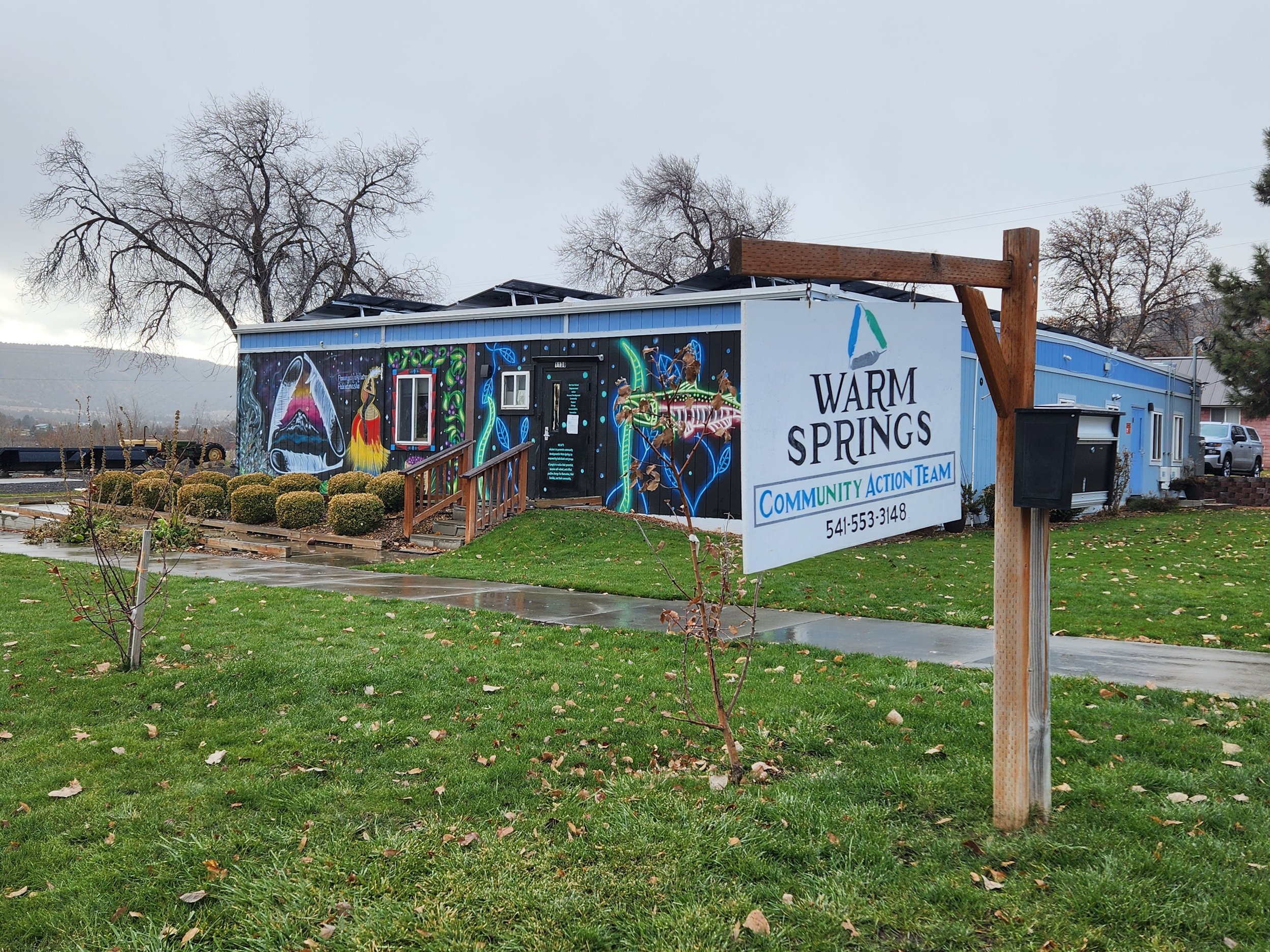Primary Data Collection
Our primary data collection services range from developing short, targeted questionnaires and facilitating focus groups to designing and managing community-wide mapping and census projects. We center each community’s unique needs, culture, and concerns in every step of our work.
Explore the links below to see how clients have used these services to gather the data they need to address their most pressing issues.
Housing Unit Mapping
We help clients accurately identify, map, and classify structures within a specified survey area. Understanding where structures are located, whether they are residential or non-residential, and their occupancy status supports planning efforts, particularly when data are combined with other spatially referenced information in a GIS. The resulting dataset and map can also be used to support emergency management programs and the drawing of a random sample for a household survey.
Examples:
Housing Unit Condition Assessment
We help clients accurately identify, map, and classify structures within a specified survey area. Understanding where structures are located, whether they are residential or non-residential, and their occupancy status supports planning efforts, particularly when data are combined with other spatially referenced information in a GIS. The resulting dataset and map can also be used to support emergency management programs and the drawing of a random sample for a household survey.
Household Survey
We work with clients to design and implement methodologically rigorous surveys that help them better understand the demographics, needs, and perceptions of the population within a specified survey area. Statistically representative data collected at the individual and/or household level can be used to identify gaps and opportunities, guide program development and planning, and provide evidence to strengthen need-based grant applications. Data can be collected using in-person, mail-out out and/or online survey contact methods.
Intercept Survey
We help clients design and implement surveys at specific events or locations (including online) to capture data that, while not statistically representative of a specific population, provides illustrative information concerning the circumstances, needs, interests, and desires of the target population. Clients may choose this option if the total population is unknown, when statistically representative sampling may not be practical, or if they want to collect data to connect data with specific people.
Targeted Sample
A targeted sample enables clients to collect data about specific subpopulations, taking into account the unique characteristics of the population of interest and specific issues the survey sponsor seeks to identify and potentially address (e.g., a youth survey seeking to give youth in the community an opportunity to voice their concerns and describe their aspirations or need for support).
Key Informant Interviews
We work with clients to design and conduct interviews with individuals or groups who have specialized knowledge relevant to the focus of a project. These individuals are often community leaders or members who offer valuable insight into local conditions, needs, and priorities. Findings from key informant interviews help contextualize quantitative data, identify emerging issues, and inform program development, planning, and policy decisions. Interviews can are tailored to reflect cultural considerations and community dynamics.
Examples:
Examples:
Examples:
Examples:
Examples:











